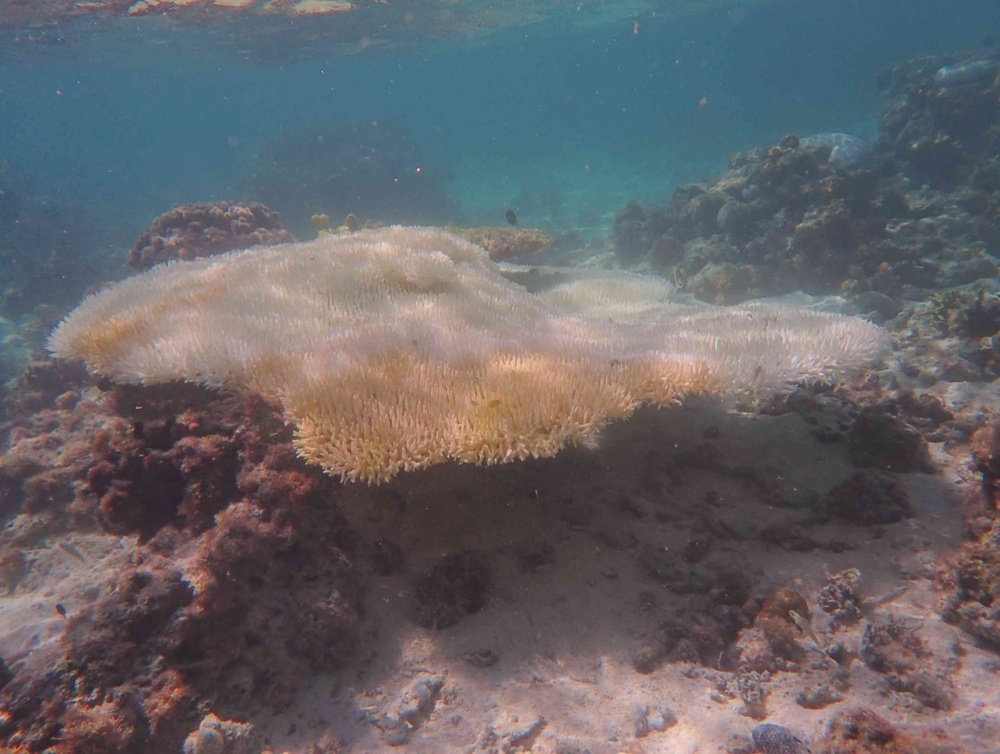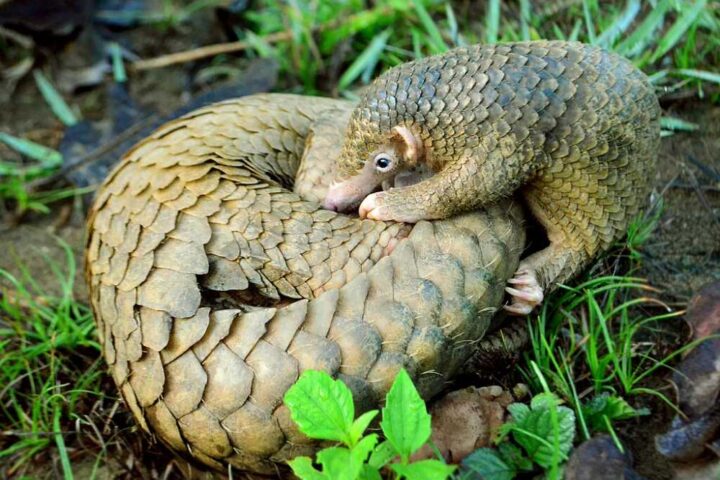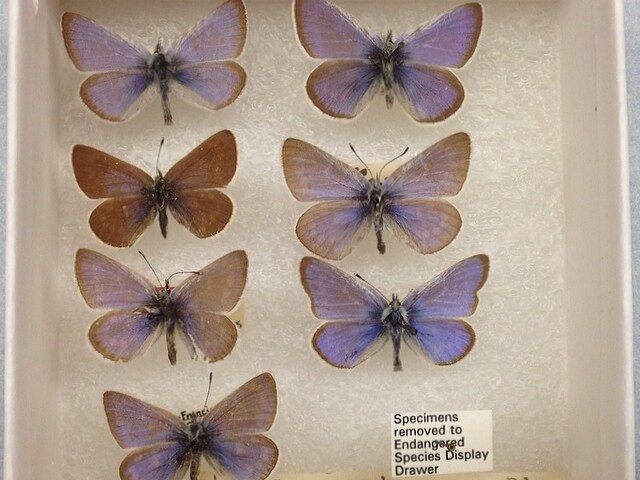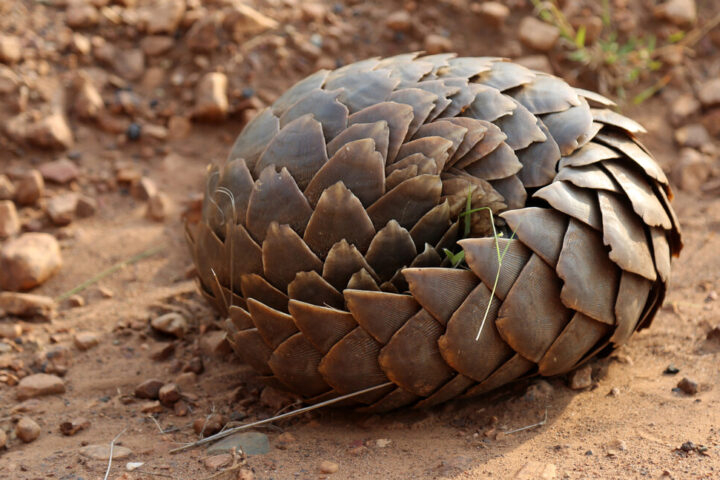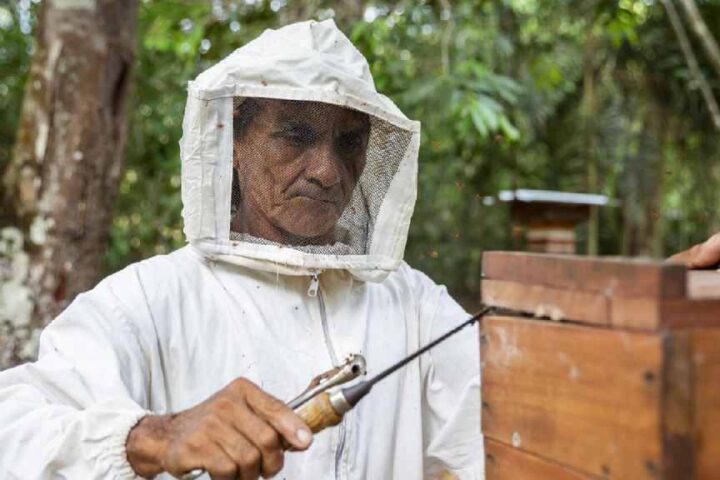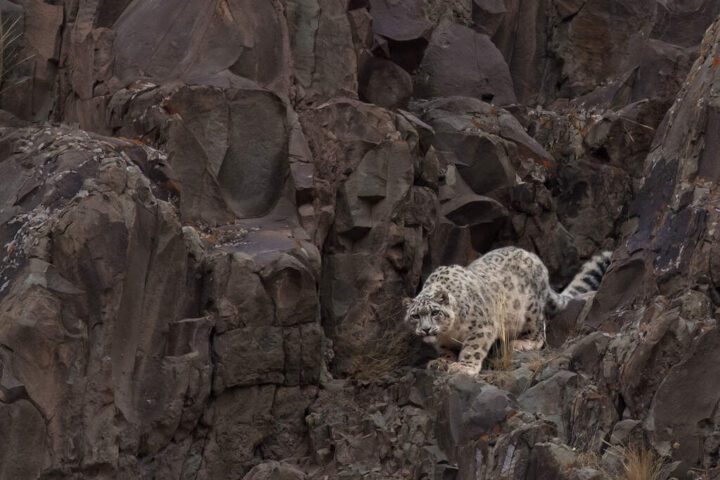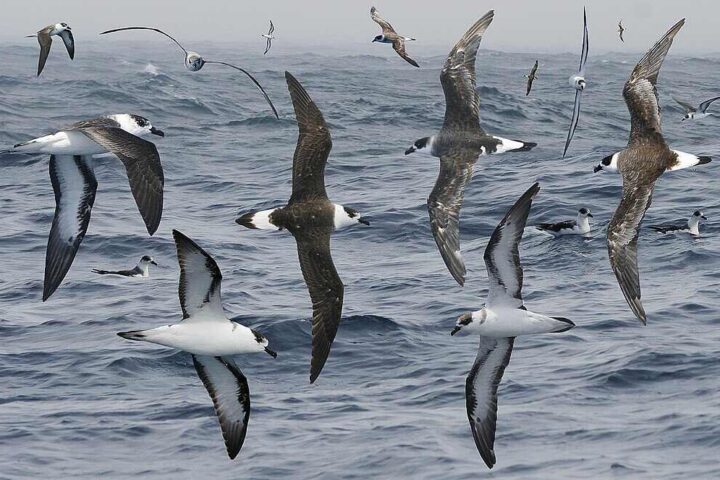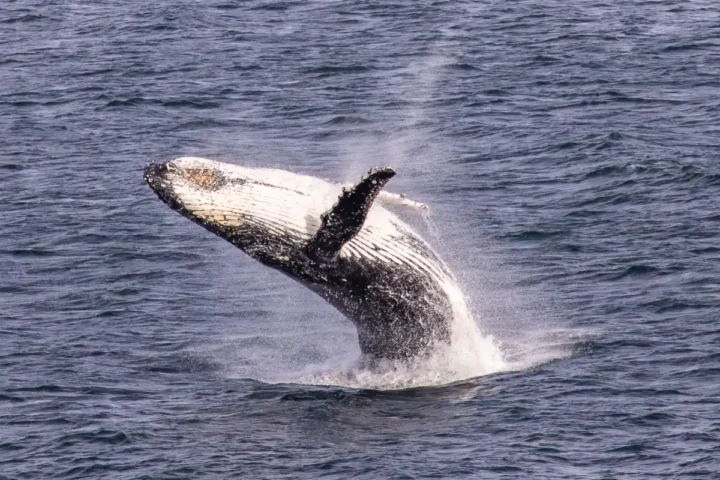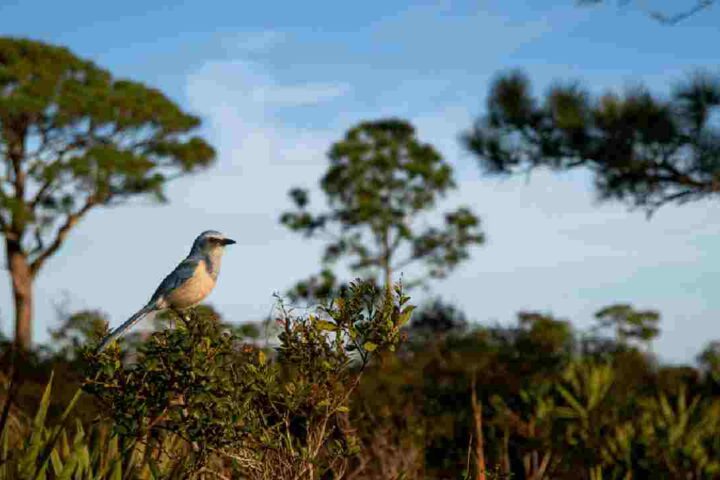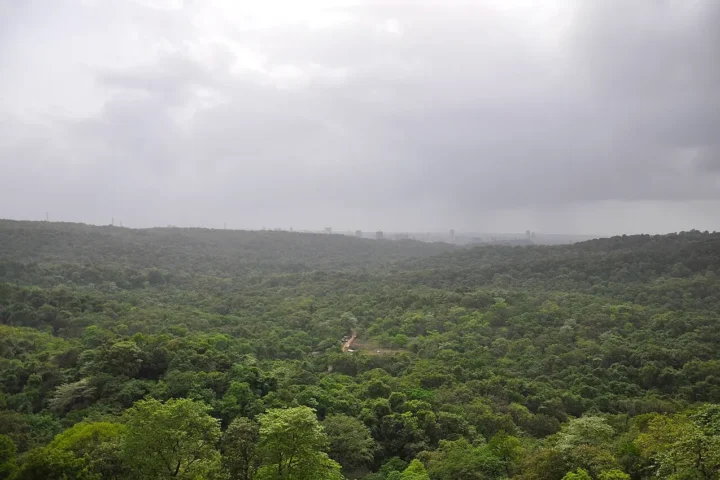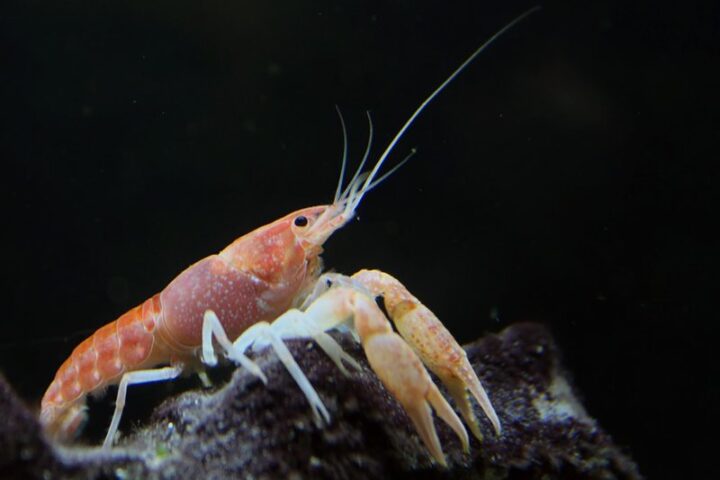The Great Barrier Reef is experiencing a catastrophic coral bleaching crisis, with new research revealing severe impacts at One Tree Island in early 2024. This underwater crisis affects not just marine life, but also coastal protection and local economies.
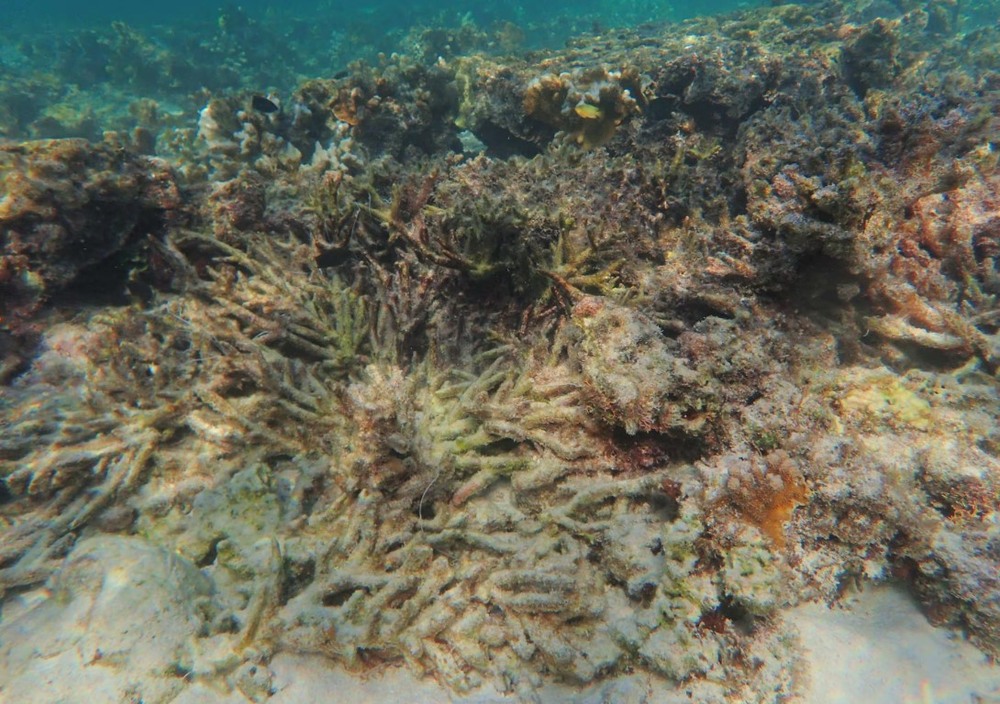
University of Sydney researchers tracked 462 coral colonies over five months, documenting a rapid decline. The numbers tell a stark story: 66% of corals bleached by February, increasing to 80% by April. By July, 44% of these bleached colonies had died.
“Seeing the impacts on a reef that has largely avoided mass bleaching until now is devastating,” explains Dr. Shawna Foo, Sydney Horizon Fellow. “The high mortality rates, particularly in such a pristine area, show just how severe this situation has become.”
Similar Posts
The crisis severely impacted various coral species. Acropora corals experienced a 95% death rate, affecting the many fish species that depend on them for shelter. Meanwhile, Goniopora corals developed black band disease, a condition where harmful bacteria create dark rings that slowly kill coral tissue.
Professor Maria Byrne, leading the study, points out: “The southern Great Barrier Reef, despite its protected status, couldn’t withstand this extreme heat stress.” This matters because healthy reefs protect our beaches from erosion, support fishing industries, and drive tourism revenue.
The timing coincides with global surface temperatures hitting record highs in early 2025. Professor Ana Vila Concejo emphasizes the urgency: “The resilience of coral reefs is being tested like never before. We need immediate action to help them withstand climate change.”
